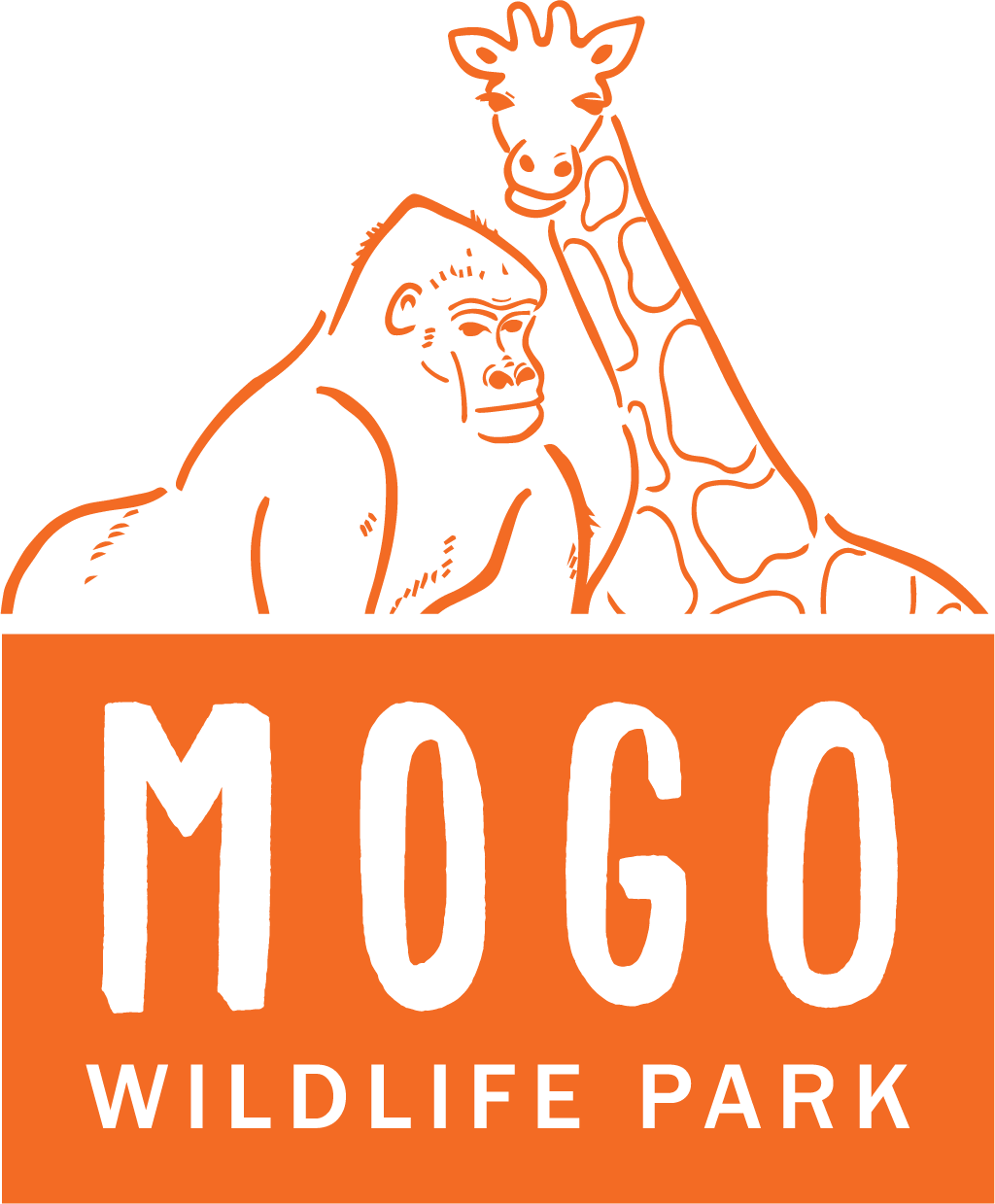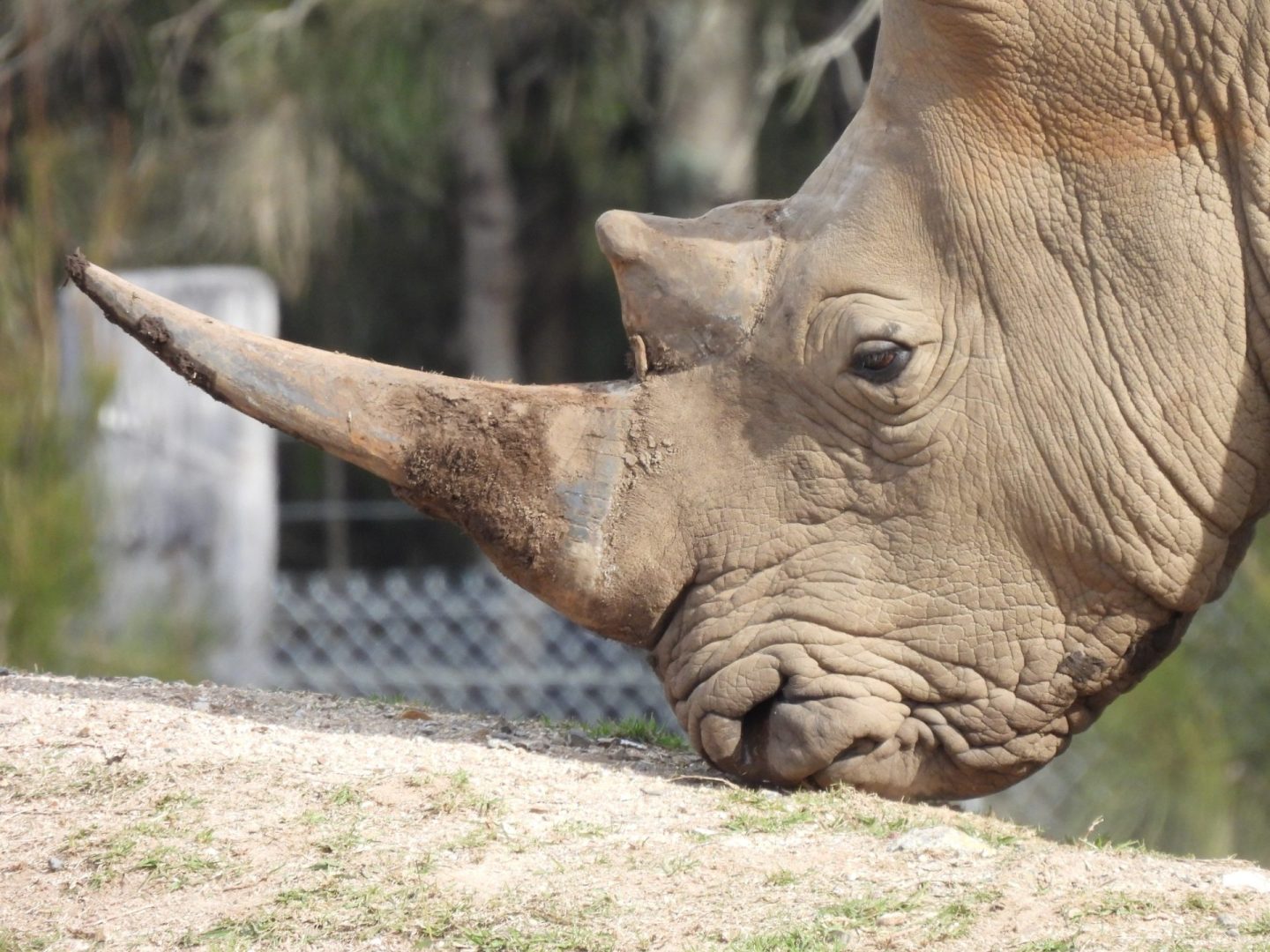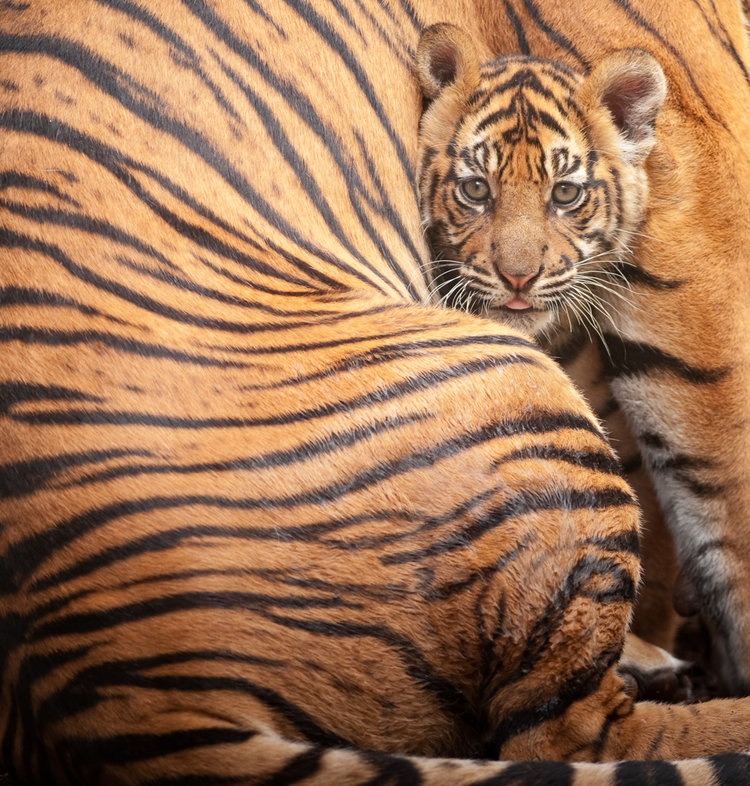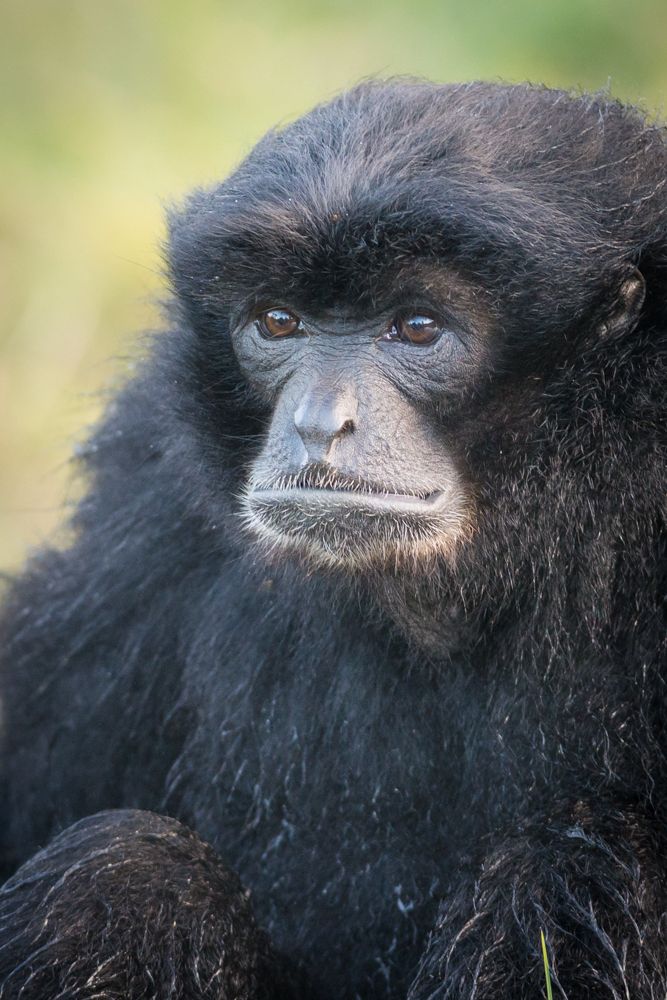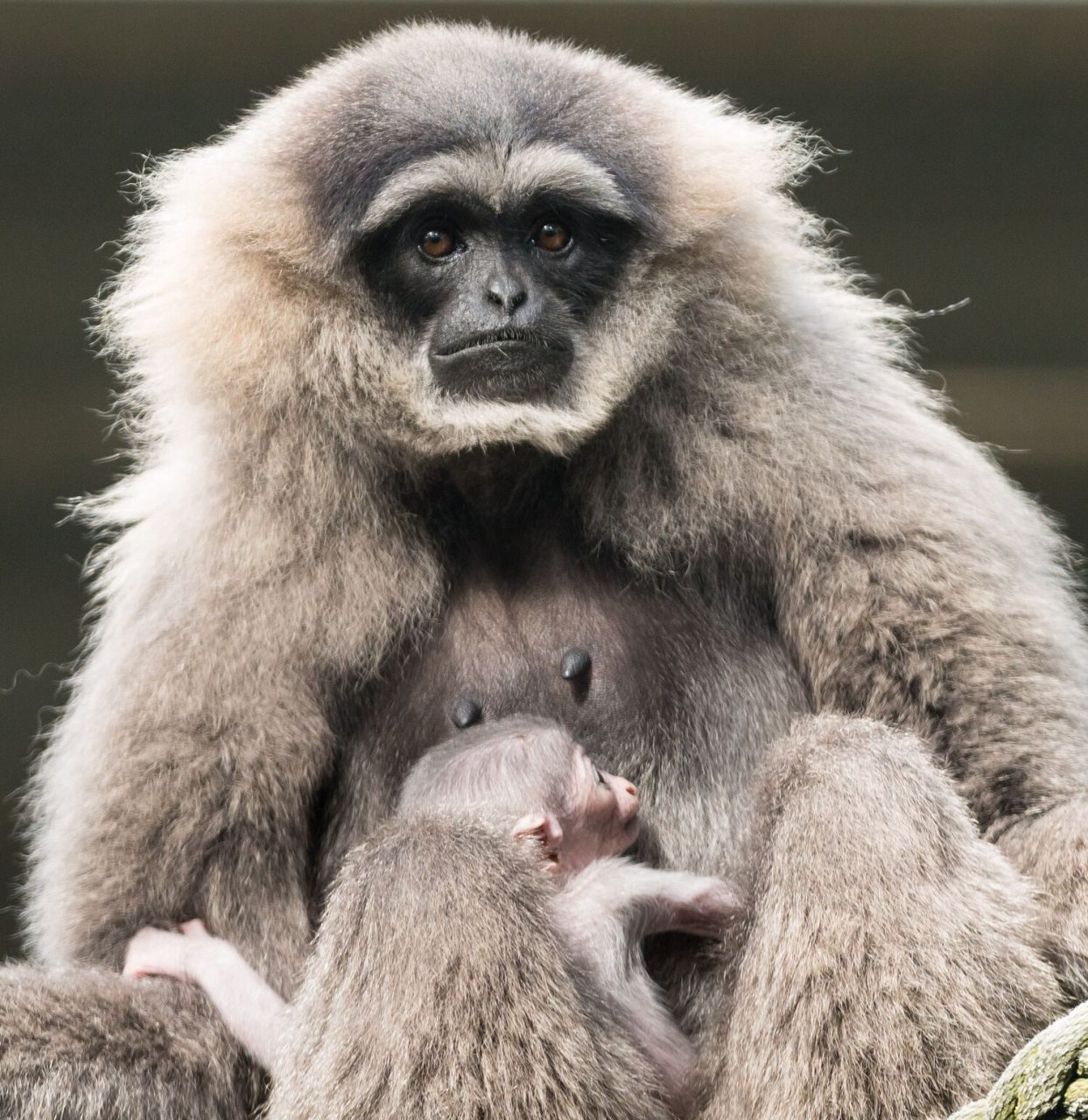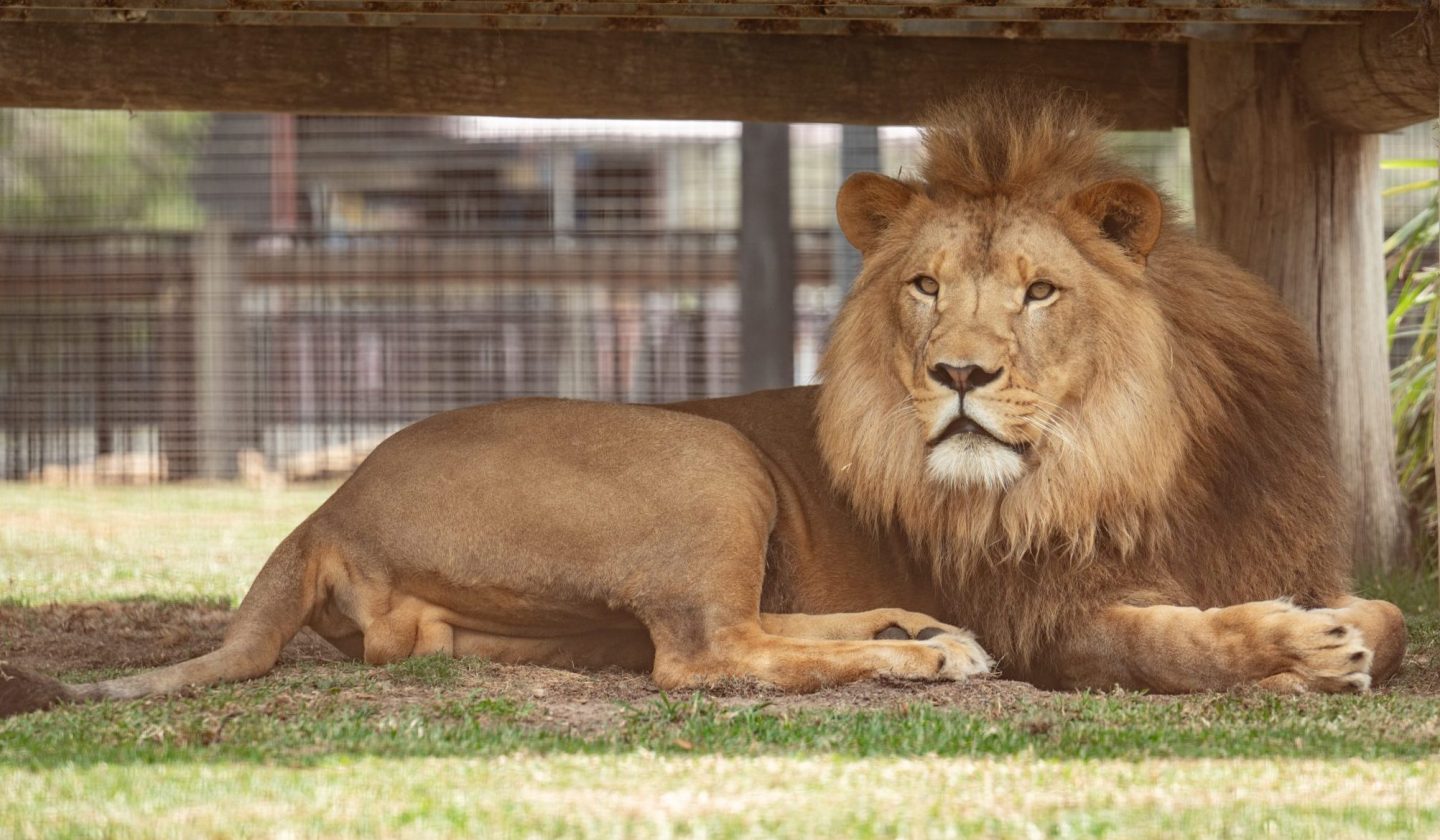SIAMANG GIBBON
SPECIES: Symphalangus syndactylus



Largest of the Gibbon species, Siamang Gibbons have a glossy, black shaggy coat, dark hairless face, long fingers and arms which are longer than legs. A Siamang Gibbon's arms can span a huge 1.5 metres. Siamangs possess an impressive throat sac, which they use for territorial calling. Territorial calls can last 10-15 min and can be heard over a distance of 1.5-2kms.
Siamang Gibbons are territorial and actively defend their home ranges, with territories overlapping with other primate species. It is the only example in the world where 3 non-human apes coexist.
Diet
Omnivorous, consisting of fruits and leaves, Siamang also eat a small amount of insects, bird eggs and small vertebrates.
Social
Siamangs live in small monogamous family groups of up to 8, usually consisting of a dominant breeding pair and their immature offspring. Grooming is one of the most important social activities that cement social bonds.
Endangerment
Habitat loss due to logging, clearing for palm oil plantations and agriculture, poaching and hunting for the illegal pet trade. Also susceptible to zoonotic disease.
ANIMAL FACTS
SIAMANG GIBBON
Habitat
Siamangs live in rainforrests and monsoon forrests on the Malay Peninsula and Sumatra

Did You Know?
Siamang Gibbons cannot swim
MEET OUR
ANIMAL FAMILY

stay in touch with Your Australian wildlife parks family
Stay up-to-date and subscribe to our newsletters
Your information is only utilised by Australian Wildlife Parks. For more information see our privacy policy.
MOGO Wildlife Park acknowledges Aboriginal people as the traditional custodians of the land on which our offices and operations are located, and we pay our respects to Elders past, present and future.
© 2019-2024 Australian Wildlife Parks • Privacy Policy • Disclaimer
